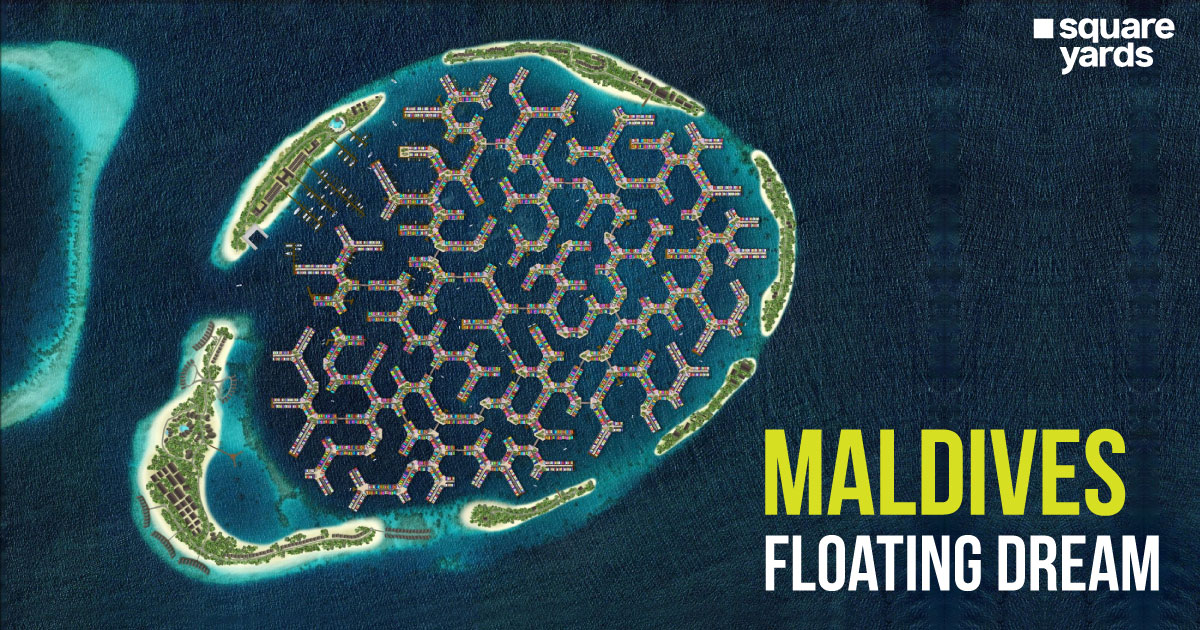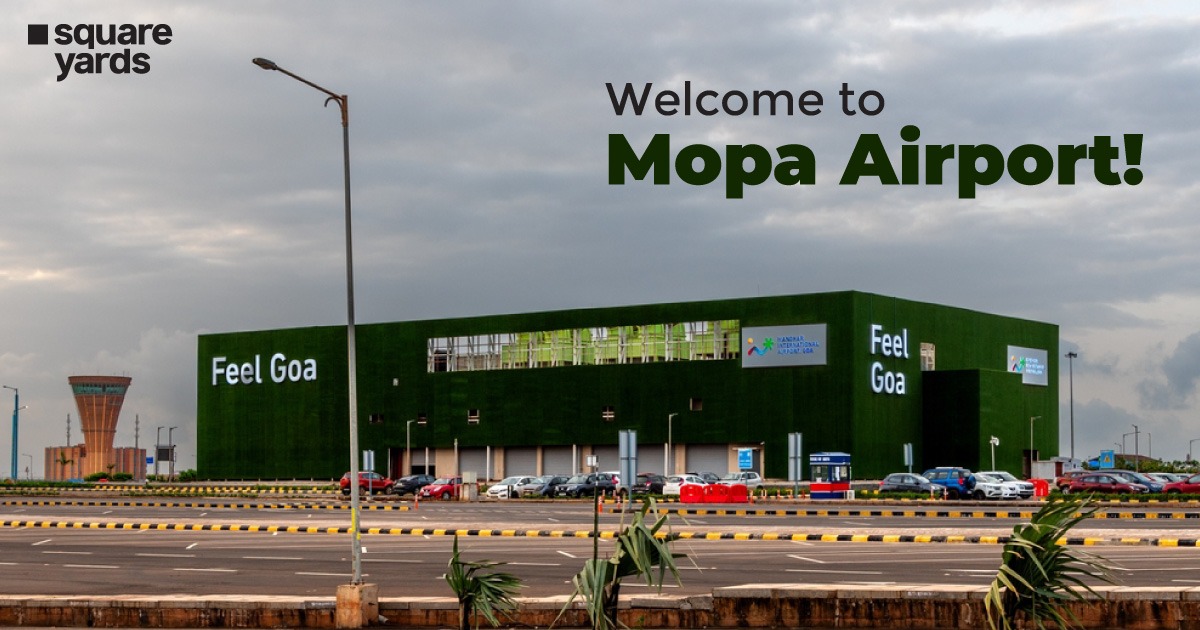The Mumbai-Goa Highway, a crucial corridor connecting two of India’s most beloved tourist hotspots, is currently undergoing substantial renovations. This 466-kilometre stretch is being transformed into a four-lane highway, which is anticipated to be fully operational by May or June 2025. Currently, the travel duration between Mumbai and Goa ranges from 12 to 13 hours, but once the upgrades are complete, this time will be halved to just six hours. The newly enhanced route will link Panvel to Sindhudurg and will traverse picturesque areas, including the scenic regions of Raigad and Ratnagiri. The ambitious project is a collaborative effort between the National Highways Authority of India (NHAI) and the National Highway Public Works Department (NHPWD). Besides improving connectivity between the two cities, the upgraded highway will feature 14 interchanges, providing a more fluid and efficient travel experience. However, the construction has experienced delays primarily due to ongoing work in several key towns along the route, including Pali, Lanja, Kolad, Mangaon, Indapur, and Chiplun. The development of bypasses, flyovers, and underpasses has proven more time-consuming than originally projected. Nonetheless, government officials remain optimistic that the project will be concluded before the onset of the monsoon season.
Project Overview and Timeline
The Mumbai-Goa Highway project is a landmark infrastructure initiative aimed at significantly enhancing road connectivity between two major urban centers. Encompassing a total length of 466 kilometers, the highway serves as a lifeline for both commercial and tourism-related traffic. With its transformation into a four-lane highway, the project promises to drastically reduce travel times and improve safety for commuters. The expected completion date of May or June 2025 marks a vital milestone for travelers eager for a more expedient route. The strategic upgrades include not only widening the roadway but also constructing 14 new interchanges that will facilitate smoother transitions for vehicles. These interchanges are designed to alleviate congestion and minimize travel delays, making the highway more user-friendly. Additionally, the project will benefit the local economies of the regions it traverses, particularly in Raigad and Ratnagiri, where increased accessibility is likely to boost tourism and trade. However, it is crucial to address the ongoing construction delays. Key towns such as Pali and Chiplun have hindered progress, prompting concerns about whether the revised timelines can be met. Officials continue to assure the public of their commitment to completing the project as swiftly as possible.
Financial Aspects and Economic Impact
Financially, the Mumbai-Goa Highway project presents a compelling case for investment in infrastructure development. Initially estimated to cost around Rs 35 billion, the budget has now surged to approximately Rs 73 billion, largely attributed to unforeseen delays and increased material costs. This significant budget increase underscores the challenges that large-scale infrastructure projects often face. However, the long-term benefits of the project could far outweigh these costs. Once completed, the highway is expected to amplify travel efficiency and ease while enhancing economic prospects for the regions involved. Improved connectivity will likely encourage tourism, stimulate local businesses, and attract investments in various sectors. Furthermore, the enhanced road infrastructure will facilitate smoother logistics and transportation for commercial goods, directly contributing to the economic growth of both Maharashtra and Goa. Despite the current financial hurdles and construction delays, stakeholders remain optimistic about the project’s potential to reshape the economic landscape and improve the quality of life for residents and travelers alike.
Conclusion
The Mumbai-Goa Highway transformation project is poised to revolutionize travel between two popular destinations in India. While challenges remain, the anticipated benefits are substantial.
- Significant reduction in travel time from 12-13 hours to 6 hours.
- Improved safety and efficiency with the construction of interchanges.
- Enhanced economic opportunities for local regions.
- Increased tourism and commercial activities expected post-completion.
- Commitment from officials to complete the project on time.
- Ongoing monitoring to mitigate delays and budget overruns.






















